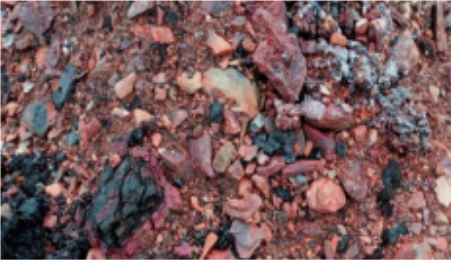This literature review systematically maps research and implementation of circular economy principles in the mining sector. Through bibliometric analysis and qualitative assessment of publications, the authors identify key themes—such as tailings reprocessing, resource recovery from waste, water cycling, and material efficiency. The review highlights that while circular strategies in mining remain nascent, there is rapidly growing interest, especially in reclaiming valuable by-products such as copper, lithium, and rare earth elements from mine waste and tailings stockpiles.
One of the core findings is that pilot-scale and demonstration projects—including those in the U.S., Australia, and Latin America—demonstrate that mine waste can become a viable feedstock for critical minerals. These efforts often combine advanced chemistry, bio metallurgy, or AI to extract residual metals in ways that reduce both environmental impact and liability. The authors catalog specific project case studies that have recovered copper, zinc, critical minerals, and even gold from waste streams once considered waste. The review also emphasizes the importance of cross-sector learning, especially between mining, recycling, and waste management sectors—to scale circular approaches effectively.
From the perspective of social license to operate, the study argues that circular economy adoption can significantly enhance community acceptance and environmental legitimacy. Transforming mine sites and tailings dumps into sources of value—while reducing ecological footprint—addresses many social concerns about pollution, land degradation, and legacy contamination. When companies communicate circular strategies transparently and involve local stakeholders in planning reprocessing projects, they not only unlock new revenue but also build trust among communities and regulators. The review concludes that circular economy models offer a strategic pathway for mining firms to demonstrate sustainability, reduce social risk, and improve long-term viability in an era of heightened scrutiny.

